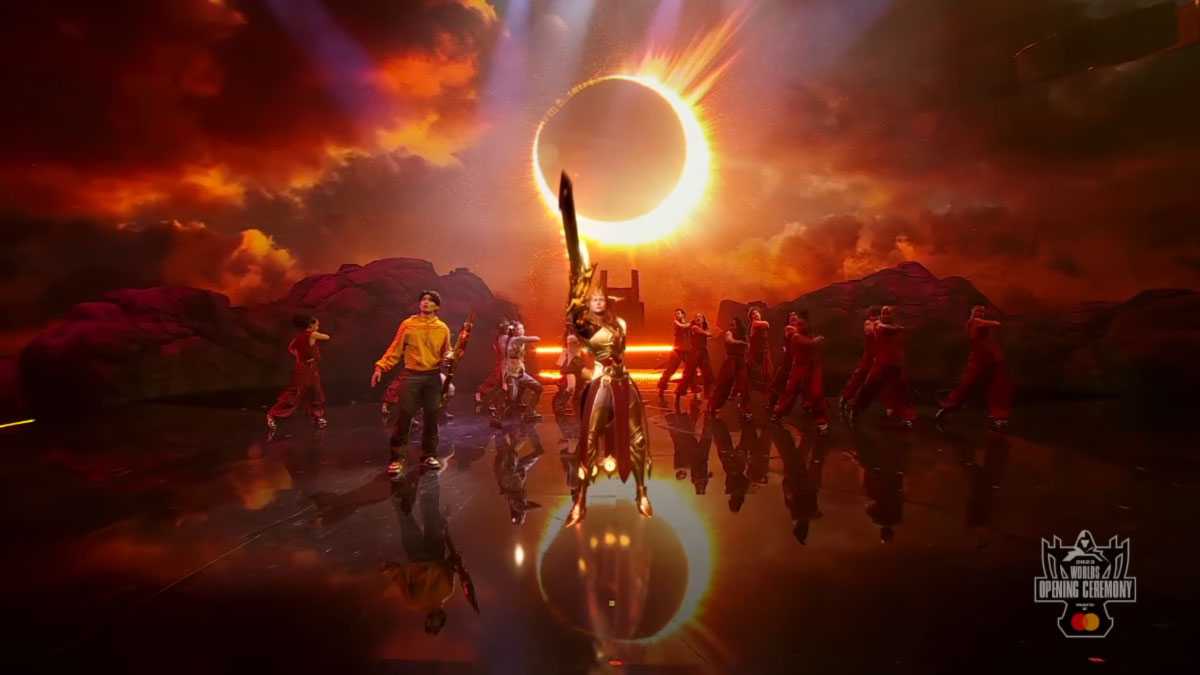Lux Machina looks ahead with Stage Precision
- Details

“Within our work at Lux Machina Consulting, we’ve used every tracking tool out there,” says Wyatt Bartel, VP of production at the company. “Most of the workflows available are proprietary, meaning you’re locked into a particular manufacturer's ecosystem. We came to know Stage Precision when we were searching for a platform to stabilise our camera tracking practices across film, television, and live events markets and upon learning about their lens calibration features and Shield plug-in we realised it was exactly what we’d been looking for - a tool that would unify data from several sources.”
For the League of Legends project, the Lux Machina Consulting team opted for several different tracking solutions, including an inside-out optical tracking data system via Mo-Sys, a tracked cable camera, and a SuperTechno crane, but needed a tool to provide a common link between data sources with offsets and profiles.
SP proved to be the best solution. “SP provides us with a workspace in which we could view the data coming in and out,” explains Jeptha Valcich, camera tracking specialist at Lux Machina Consulting. “Having this data overview means the camera tracking team can work in a separate environment from the technical team, leading to a greater sense of organisation on projects.”
The production team likened SP to a “catch-all filter” when it came to data control and distribution. “We used SP as a big tracking mixer, ingesting all the data we had available to us and allowing us to manipulate it before delivering it back out,” explains Xander De Jong, camera tracking specialist at the NEP Group Netherlands, a sibling company that collaborated with the Lux Machina Consulting team on the League of Legends project. “From within SP, we could see all the 3D data from several sources, sync or delay the data and deliver it up to Unreal Engine.”
Looking ahead, Lux Machina Consulting envisions a future where Stage Precision continues to evolve its software. “Equipped with SP we can do more; have more cameras, have different types of cameras and bring different technologies to productions we previously wouldn’t have due to the time it would have taken to set them up,” concludes Bartel. “On League of Legends, we had around 25 cameras overall and with SP in our workflow we can turn more and more of those into AR or XR cameras in the future. I’m convinced that the ease of set-up that comes through utilising SP will push the XR industry forward as a whole.”












